
Civilization's leaders are as iconic as the civilizations themselves, but the way Firaxis selects each nation's representative has evolved over time. Dive in to discover how Civilization VII's roster redefines the concept of leadership.
← Return to Sid Meier's Civilization VII main article
Civ VII Redefines What it Means to Be a Leader
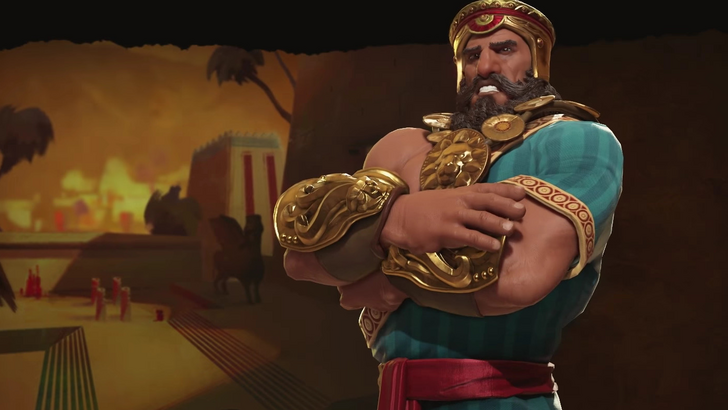
Leaders have been a cornerstone of the Civilization series since its inception, defining the essence of each civilization and deeply influencing gameplay. From the first game to the latest, leaders have been a constant, adapting and evolving with each new release. They are not merely figures but the very essence of their civilizations, shaping player experiences and strategies. Each iteration of Civilization has brought new ideas to the table, refining the concept of leadership and its impact on the game.
Join me as we explore the journey of Civilization's leadership from its origins to the innovative approach seen in Civilization VII.
Old Civ Was a Superpowers Club Only
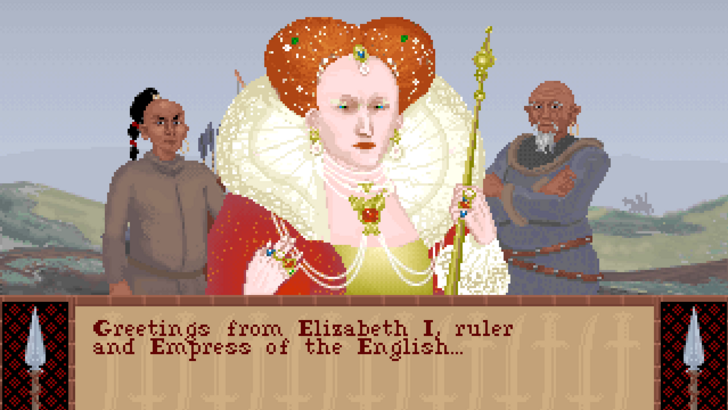
The original Civilization game, a 4X masterpiece by Sid Meier, started with a simple yet impactful roster of leaders. It focused on the major global powers and historical giants of the early '90s, featuring only 15 civilizations. Leaders were chosen based on their historical significance and recognition, resulting in familiar names like Abraham Lincoln, Julius Caesar, and Mao Zedong. Elizabeth I was the sole female leader, reflecting the era's more traditional approach to leadership representation.
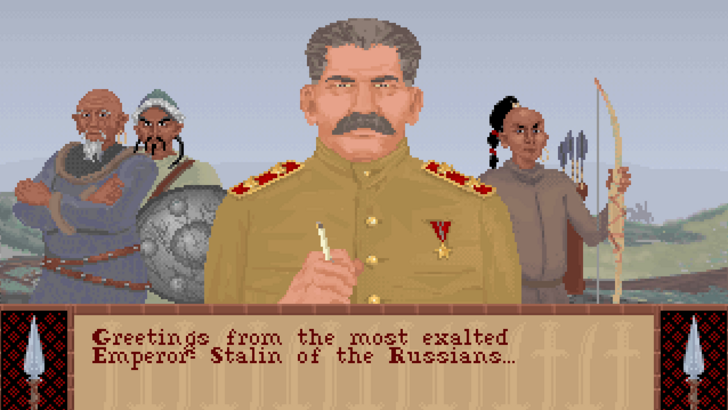
This straightforward approach to leader selection was fitting for the time, but as the series progressed, so did the concept of leadership.
Civs 2 Through 5 Increase Diversity and Creativity in Increments
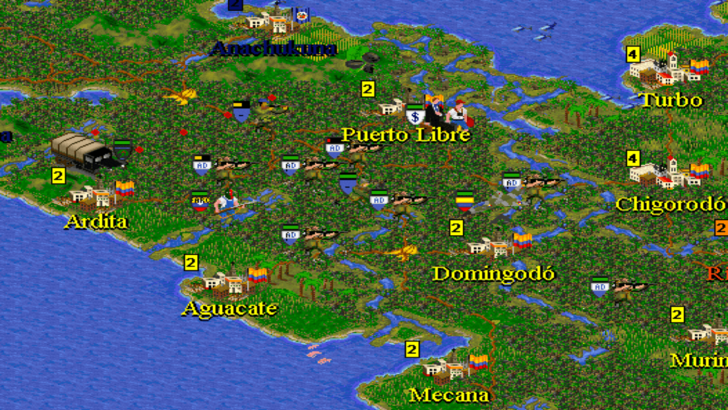
Civilization II marked a significant expansion in both the number of civilizations and the diversity of leaders. It introduced a dual-gender roster, allowing players to choose between male and female leaders for each civilization. Moreover, the definition of a leader expanded beyond heads of state to include influential figures like Sacagawea and Amaterasu, adding depth and variety to the game.
Civilization III integrated more female leaders directly into the base game, with figures like Joan of Arc and Catherine the Great replacing traditional male leaders. By the time Civilization IV and V arrived, the roster had grown even more, incorporating revolutionaries, generals, and consorts, showcasing a broader spectrum of leadership.

These changes reflected a shift towards a more inclusive and nuanced portrayal of leadership, telling the story of humanity through a diverse array of figures.
Civ 6 is When The Roster Starts to Get Spicy
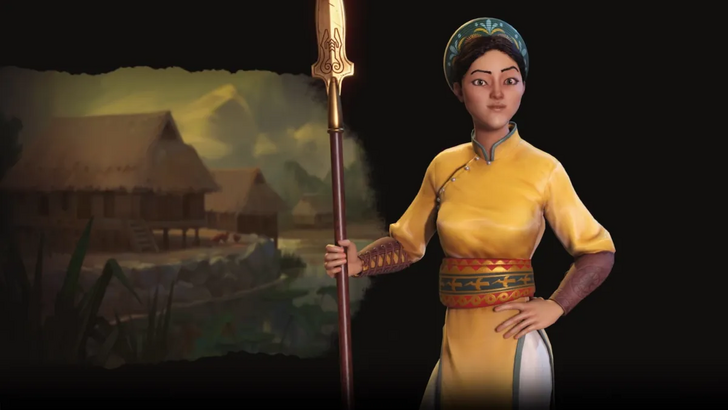
Civilization VI truly embraced creativity and diversity, introducing animated caricatures and Leader Personas. These personas allowed for alternative versions of leaders, each offering unique playstyles. The game welcomed lesser-known heroes from smaller civilizations, such as Lautaro of the Mapuche and Bà Triệu of Vietnam, enriching the roster.
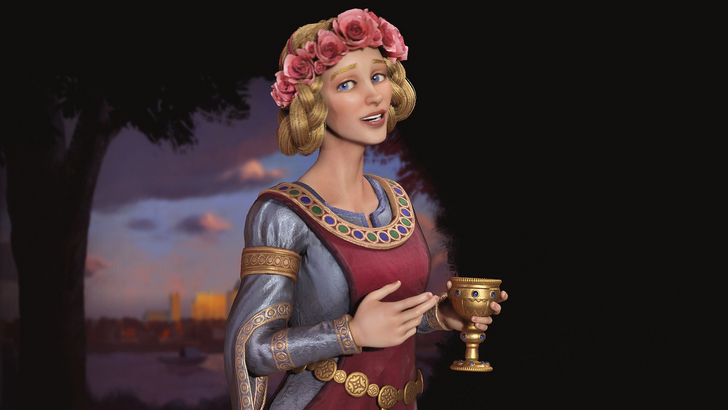
Leaders were now defined by specific periods or aspects of their lives, as seen with Eleanor of Aquitaine and Kublai Khan, who could lead multiple civilizations. This approach set the stage for even more innovative leadership concepts in Civilization VII.
Civ 7 Forgoes Series Staples for Fresh Faces and Unique Leaders
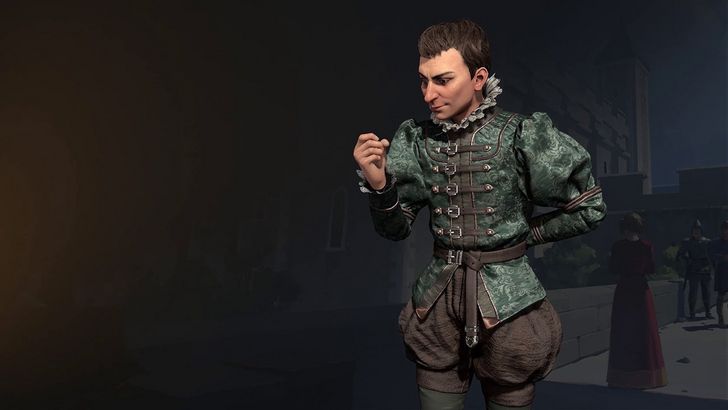
Civilization VII continues this trend with a diverse and creative roster, featuring unconventional leaders and multiple personas. The game's mix-and-match approach to civilizations and leaders allows for unprecedented flexibility and representation. Harriet Tubman, for example, brings a unique spymaster playstyle to the game, while Niccolò Machiavelli embodies self-serving diplomacy.

José Rizal's inclusion adds a narrative and diplomatic focus, highlighting the series' commitment to telling the stories of diverse historical figures. Over nearly three decades, Civilization has evolved from a game about superpowers to a rich tapestry of global leadership, showcasing the ever-changing nature of what it means to lead.
← Return to Sid Meier's Civilization VII main article
Sid Meier's Civilization VII Similar Games






![Chubby Story [v1.4.2] (Localizations)](https://images.737c.com/uploads/85/1719638042667f981a5e9f8.jpg)


